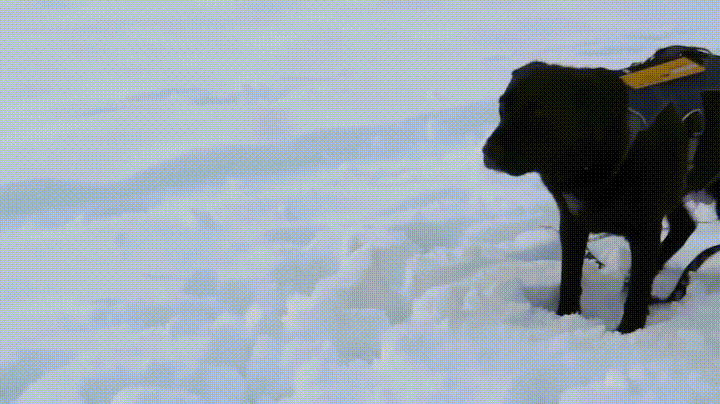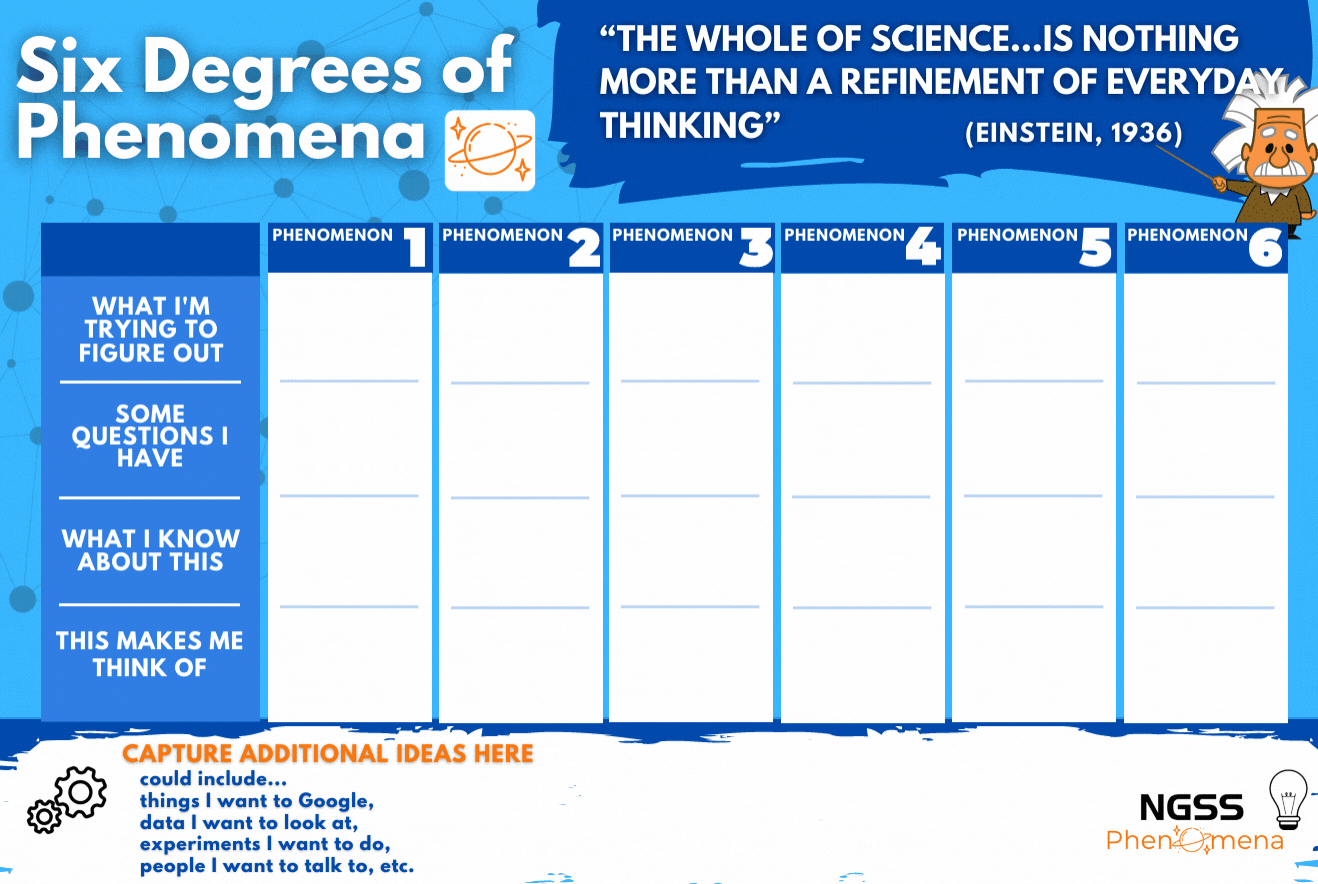Welcome to Phenomena Sparks!
First, welcome to the first Phenomena Sparks blog post! The purpose of this weekly series is threefold - to highlight some of the phenomena in our database, to get us thinking about them using a theme (in this post we are thinking about motion), and to model a way to brainstorm about phenomena. Honestly - you asked us to share more ideas around our phenomena so he were go!
things are moving - so, what’s that all about?
Motion and the way students describe it, increases in complexity throughout the grade bands. In earlier years students use slower and faster and observe that when a smaller object hits something bigger, it stops. Later, students begin to describe all the forces acting upon a moving object and talk about their direction and quantify these forces as well.
motion is different depending where you are
Would this even happen if the sled was on grass or concrete or even on the floor in the hallway at school? I know I’ve slipped on the ice before and I’ve also gone skiing, but I was usually going down a hill, so why isn’t the sled moving on the snow without the dog running?
What if the dog was smaller or the kid bigger? I can’t help but notice, the motion appears to be different for all the objects; the dog appears to go fast, the rope kinda waits and then moves, and the child moves abruptly but slower than the dog and the rope. What would this look like from the different perspectives of those objects?
Motion isn’t just for physics class
When we slow this down, there is a lot more movement happening here than what I picture in my head when I hear that woodpecker searching for food. What if we looked for food this way? Certainly there is something structurally different about its’ head and there must be some physics concept that helps me understand why the woodpecker is able to chip away the wood - especially without some MAJOR CTE?!? Can this help me think about other types of collisions?
And, do all birds do this? How can a woodpecker do this over and over? While we’re thinking about beaks, how does the woodpecker’s beak allow it to do this over and over again? What if its beak was shorter or longer or skinnier, would it work better?
wait, did this even move?
How do we know something even moved? What do we have to do to determine movement happened? If I was there how could I plan an investigation to provide evidence to help answer whether or not this rock moved. And, where we would we measure it from and how often?
Under what conditions does this happen? It looks hot and dry. Is that rock huge with a road behind it or is it a tiny pebble? How long did it take for this to happen and does the amount of time impact how much movement actually happens?
Post written by Chris Zieminski and TJ McKenna for ngssphenomena.com
Comment below, or email ngssphenomena@gmail.com.









